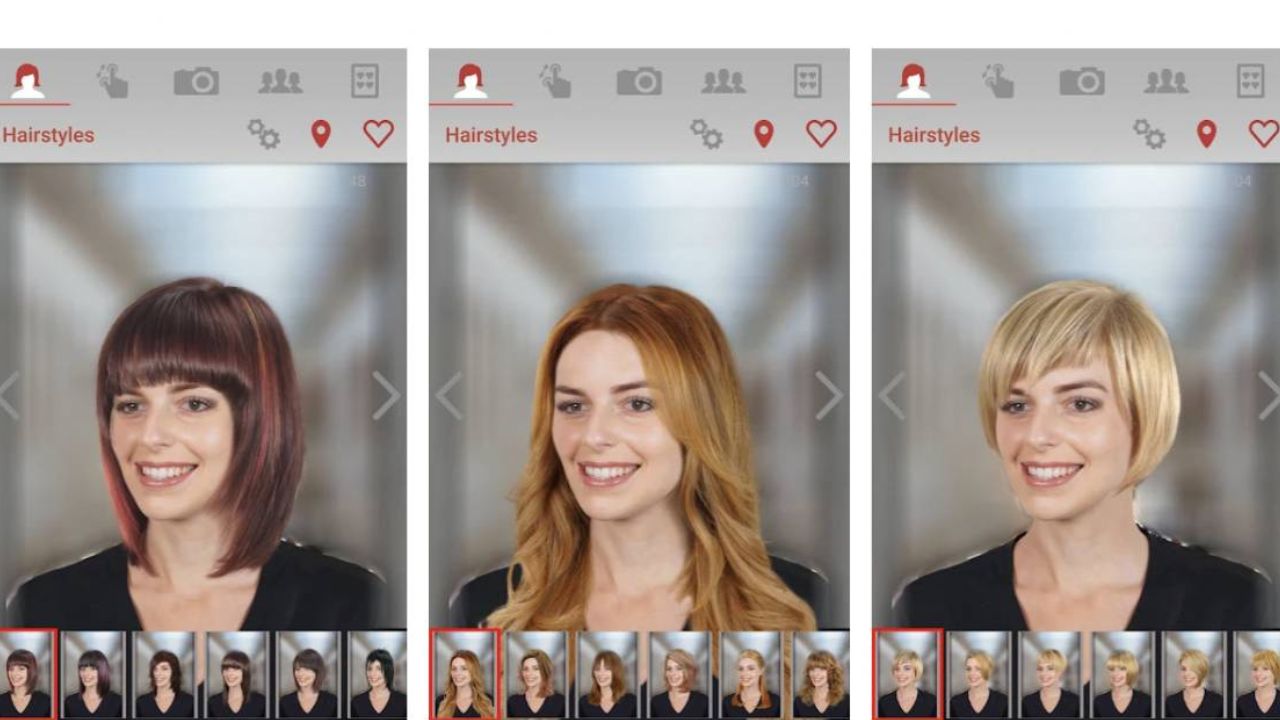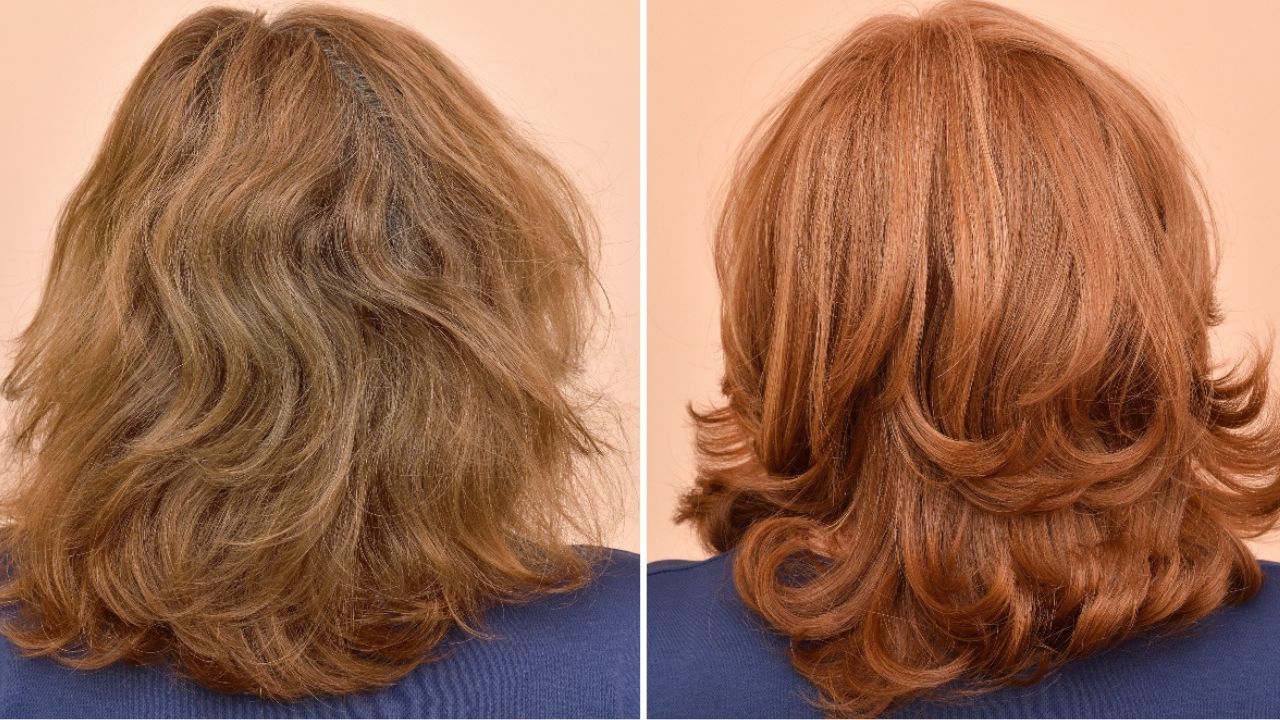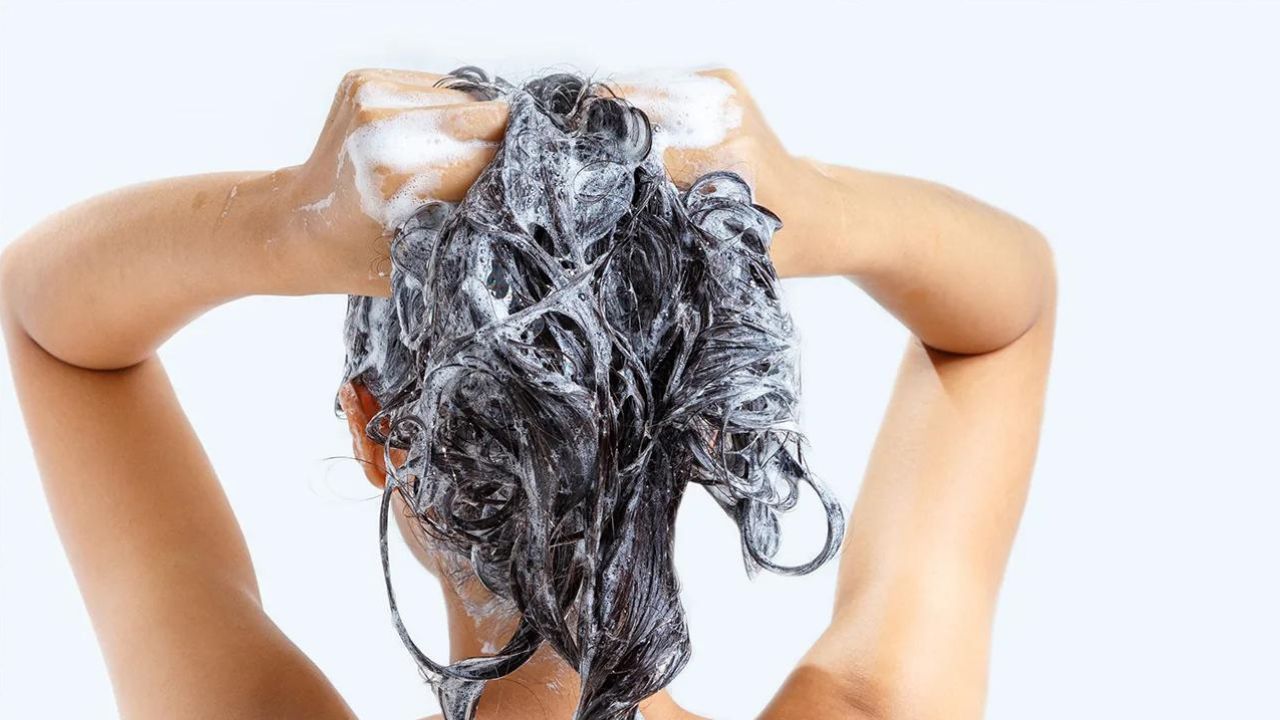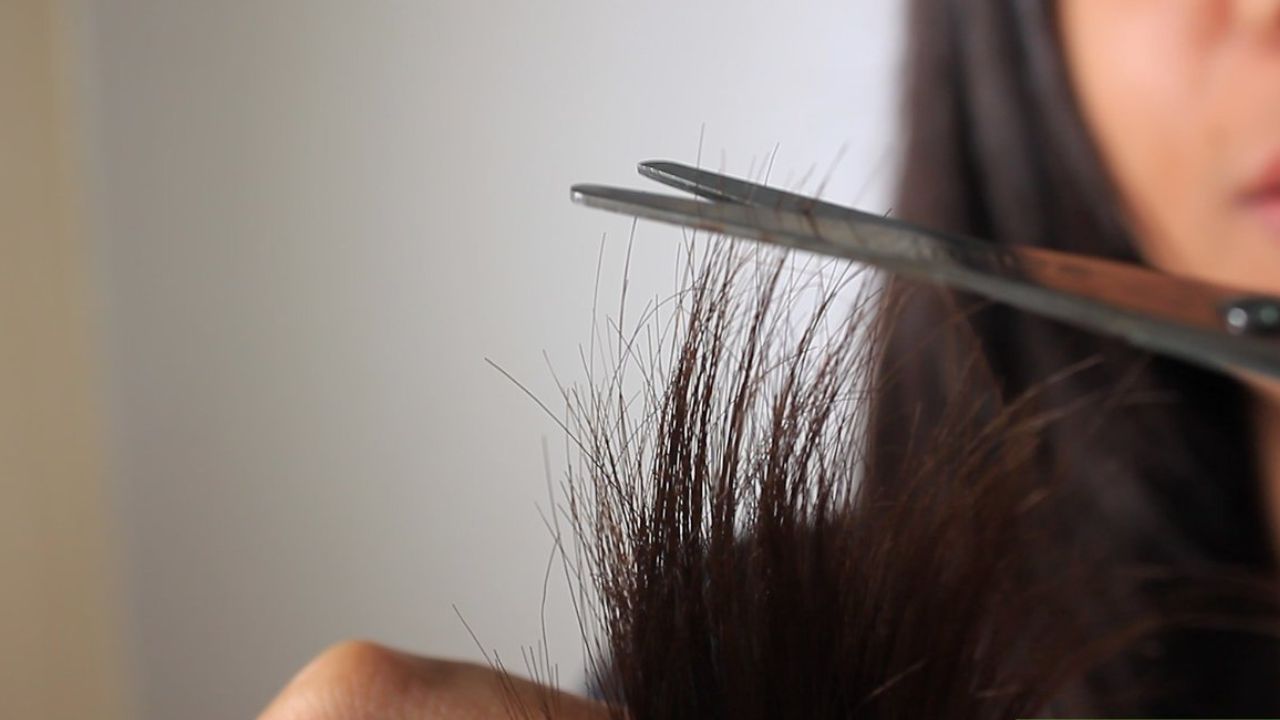Choosing the right hair developer can be a game-changer in your hair coloring journey. Imagine trying to dye your hair without this essential product—it’s akin to baking a cake without a raising agent! So, what exactly is a hair developer and why is it so crucial in achieving that perfect hue?
Hair Developer: Your Unsung Hair Hero
At its core, a hair developer is a special blend, primarily of hydrogen peroxide, designed to work wonders on your hair. Its primary mission? To gently pry open your hair cuticles. This crucial step allows the dye to fully penetrate your hair, reaching the very roots for an even and vibrant color application. If you’re curious about the ins and outs of this vital hair care component, you’re in the right place.
Why Hair Developer is a Must in Your Coloring Kit
Let’s delve into the numerous ways a hair developer elevates your hair coloring experience:
Activation Station: When mixed with your chosen hair dye, the developer kicks into gear, activating the dye for optimal hair processing.
Consistency is Key: Blending the developer with the dye creates a smooth, easy-to-apply mixture that clings to your hair, minimizing drips and ensuring even coverage.
Deep Dive Color: Thanks to the hydrogen peroxide, the developer opens up each cuticle, paving the way for the dye to deeply embed its color into your hair.
Out with the Old: It’s not just about adding color; the developer also aids in stripping away your natural hair color, setting the stage for the new shade.
Enhanced End Results: The ultimate payoff? A hair color that’s not only rich and vibrant but also long-lasting.
Now that you’re well-versed in the magic of hair developers, it’s time to discover how to select the perfect one for your hair dyeing escapades. Stay tuned!
Mastering the Art of Selecting the Perfect Volume Developer
Navigating the world of hair developers can be a bit like a chemistry experiment. The key to achieving that dream hair color lies in understanding the potency of the developer you choose. It’s not just about the color itself; factors like the degree of color change, hair texture, and overall hair health are pivotal in this decision.
1. Degree of Lightening or Darkening: Choosing Your Potion
Think of developers as potions with varying strengths, measured in volume. The strength of the developer is determined by its hydrogen peroxide content, affecting how much it lightens or darkens your hair.
10 Volume Developer (3% Hydrogen Peroxide): Ideal for going slightly darker, it’s gentle enough for thin or fine hair, changing the color by just one level.
20 Volume Developer (6% Hydrogen Peroxide): This is the go-to for covering grays or lifting your hair color by one or two levels. It’s a great fit for thicker hair.
30 Volume Developer (9% Hydrogen Peroxide): Opt for this when you’re looking to make a more dramatic change, lifting the color by three to four levels. However, it’s too strong for fine hair.
40 Volume Developer (12% Hydrogen Peroxide): The most potent of the lot, it can lighten hair up to eight levels. Due to its strength, it’s best used under professional supervision, as it can damage delicate hair and scalp.
2. The Type of Hair Color: A Crucial Consideration
Your choice of developer also depends on the type of hair dye you’re using. Temporary colors often need lower volume developers, permanent colors call for moderate volumes, and lighteners require the highest volumes.
3. Tailoring to Your Hair Type: Personalize Your Choice
Different hair types respond differently to dyeing. Fine hair, for instance, needs a lower volume developer as it absorbs color quickly. For normal hair, follow the hair color’s recommended developer volume. Thick hair, being more resistant to color, may require a higher volume for effective dye penetration.
4. Hair Quality: A Factor Not to Be Overlooked
Healthy hair typically reacts predictably to hair color, allowing you to stick with the recommended developer volume. However, porous hair, which absorbs and releases color quickly, might need an adjustment in developer volume based on the desired lightness or darkness.
Mixing it Right: The Developer-to-Colour Ratio
Achieving the perfect color isn’t just about choosing the right developer; it’s also about mixing it in the correct ratio with your hair color. This ratio can vary depending on the desired shade and hair type. Here are some common ratios:
1:1 Ratio (Hair Color to Developer): Ideal for colors close to your natural shade, particularly effective for gray coverage.
1:1.5 Ratio (Hair Color to Developer): Best for subtle lightening or for tackling stubborn grays.
1:2 Ratio (Hair Color to Developer): Go for this when aiming for a significant color lift, using a 30 or 40-volume developer.
Crafting the Perfect Colour: The Art of Mixing Hair Dye and Developer
Transforming your hair color at home can feel like a creative adventure, but it’s important to approach it with the precision of a scientist. Mixing hair dye and developer is an essential step in this process, requiring a blend of accuracy and technique. Let’s break down this process into manageable steps to ensure you achieve the perfect color.
Preparation: Setting the Stage for Success
Before diving into the mixing process, it’s crucial to protect yourself and your surroundings:
Dress for the Occasion: Slip into a hairdresser’s cape to shield your clothes from potential stains.
Safety First: Don latex or nitrile gloves to protect your hands from staining and irritation.
Step-by-Step Guide to Mixing Dye and Developer
Step 1: Measuring the Mix
Identify the Correct Ratio: This is typically 1 part hair color to 2 parts developer, but always check the specific recommendations for your chosen product.
Precision is Key: Accurately measure out the dye and developer according to the suggested ratio to ensure optimal results.
Step 2: Application
Strategic Application: Decide whether you’re coloring all your hair or just adding highlights. Part and section your hair accordingly for a more precise application.
Even Distribution: Apply the mixture evenly to achieve consistent color. Use a brush for precision, especially if you’re working with highlights or specific sections.
Recapping the Role of Hair Developer
Remember, the hair developer is more than just a mixing agent. It’s the catalyst that activates the dye, ensuring deep color penetration, consistency, and longevity. Whether you’re covering grays, going for a bold new color, or simply enhancing your natural shade, the right developer can make all the difference.
A Word of Caution
While a hair developer is an essential tool in hair coloring, it’s not without its risks. The hydrogen peroxide in the developer can affect your hair’s texture and, in some cases, lead to hair fall. High concentrations can also cause skin irritation. If you experience any adverse reactions, such as a rash, consult a dermatologist.
Addressing Common Queries
Developer vs. Bleach: A developer is generally safer than bleach. While it activates the dye, it can cause damage when mixed with bleach powder or dye.
Timing with 30 Volume Developer: A 30 volume developer should be left on the hair for 15-30 minutes, depending on the desired level of lightning.
The Risk of Over-Developing: Too much developer in your bleach can result in inadequate color deposit and potential scalp irritation.
No Shortcuts: Experts advise against substituting developers with products like shampoo or conditioner, as these don’t possess the necessary properties to effectively open hair cuticles for color deposition.
By following these steps and understanding the role of each component, you’ll be well on your way to achieving salon-quality hair color at home. Remember, practice makes perfect, and with each attempt, you’ll hone your skills in the art of hair coloring.






